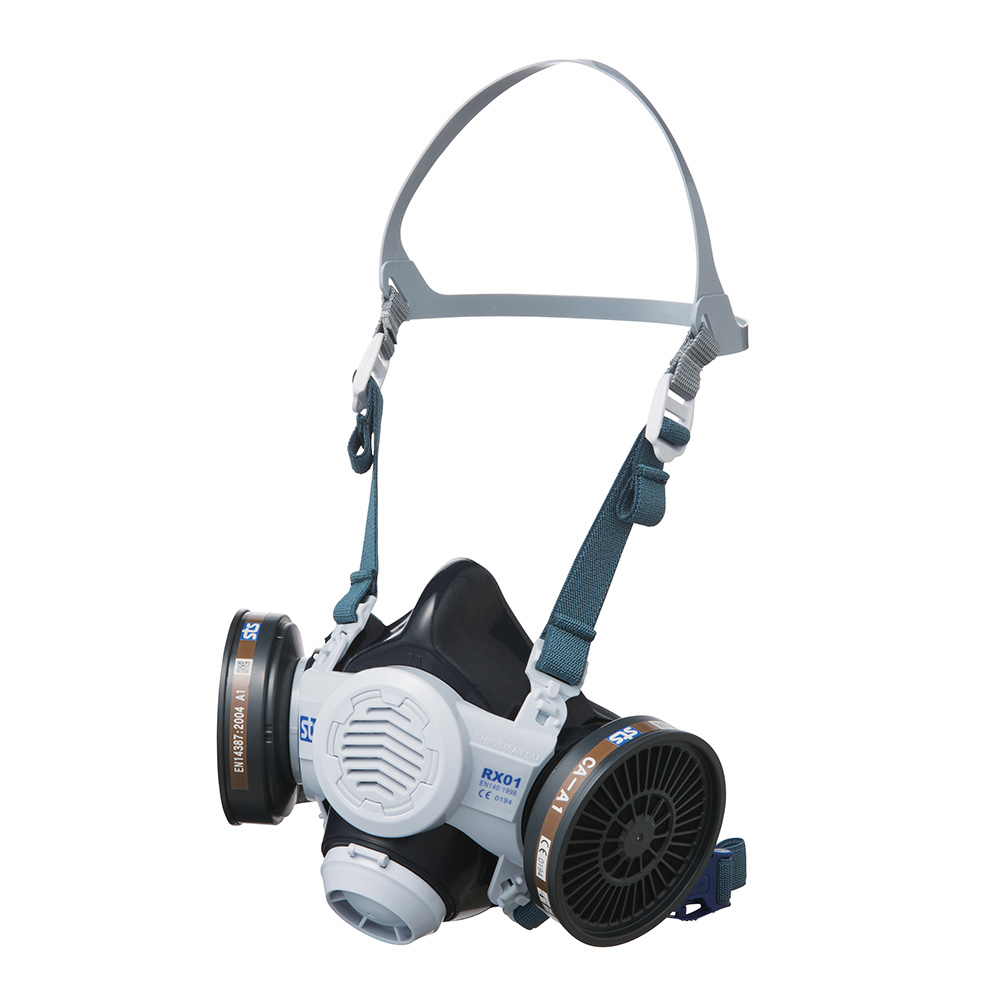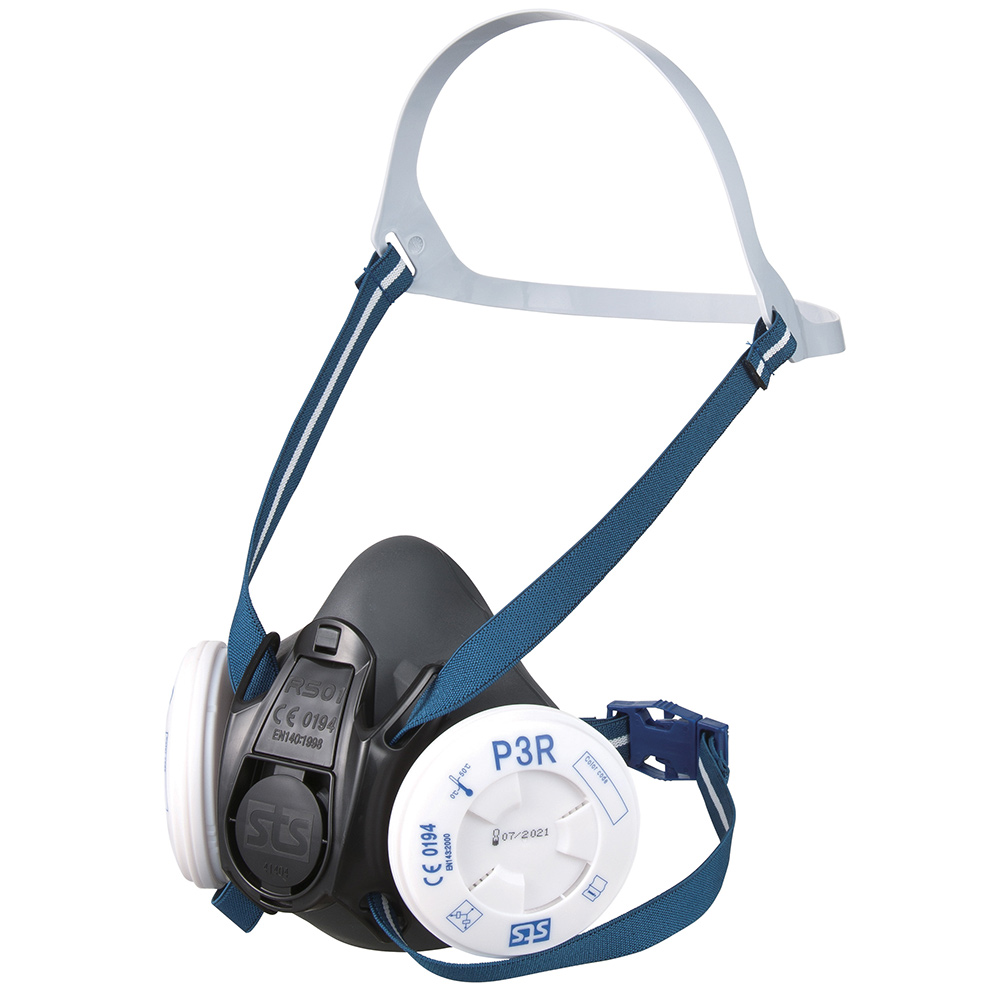With an alarming number of cases being confirmed across the country, doctors say silicosis could be the next occupational lung disease crisis to hit Australia since the asbestos disaster.
Here's what you need to know about the disease, and why some workers may not know they have it.
What is silicosis?
Accelerated silicosis is an aggressive and incurable form of lung disease which traditionally affects construction workers, farmers, miners and engineers. It is caused by breathing in unsafe levels of silica dust, which can scar your lungs and cause them to stiffen.
What is silica dust?
Silica is contained in construction materials such as concrete, bricks, tiles, sandstone and granite. When those materials are worked on (drilled, cut, crushed and so on) tiny particles of silica are released into the air. These particles can be so fine you may not know you are breathing them in. Doctors are so worried about engineered stone because of the high silica concentration of up to 90 per cent. Engineered stone is a composite material made of crushed stone bound together by an adhesive. It's often used to make kitchen, bathroom and laundry bench tops.
What are the symptoms of silicosis?
Silicosis causes shortness of breath, chest pain, fatigue and a severe cough.
But symptoms often do not present in the early stages of the disease, so it can go undetected for years.
There are three common types of silicosis:
Chronic — occurs after at least 10 years of exposure
Accelerated — results from higher exposure levels and 5-10 years of exposure
Acute — develops from weeks or months of very high exposure
Can silicosis be prevented?
Construction workers can limit their exposure to silica dust by wearing protective masks (but not disposable paper ones) and using tools which collect dust. Wetting down tools and materials can also help supress dust particles, and vacuuming is recommended over sweeping while cleaning up. In Queensland, "dry cutting" engineered stone is banned due to the dangerous level of dust it releases.
What masks do you need?

HALF FACE RESPIRATOR - TPE + P3 FILTER
$95.00 + $10.24

HALF FACE RESPIRATOR - SILICONE + P3 FILTER
$43.00 + $10.24